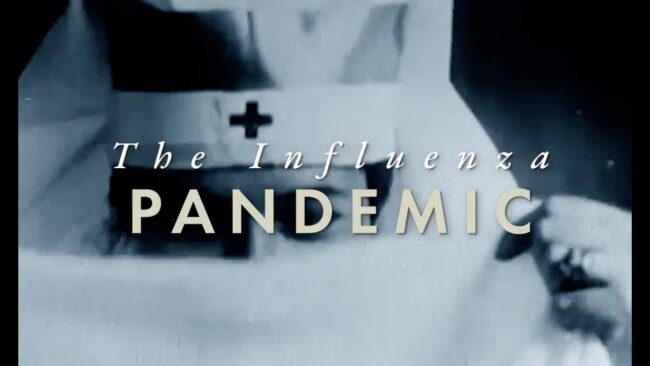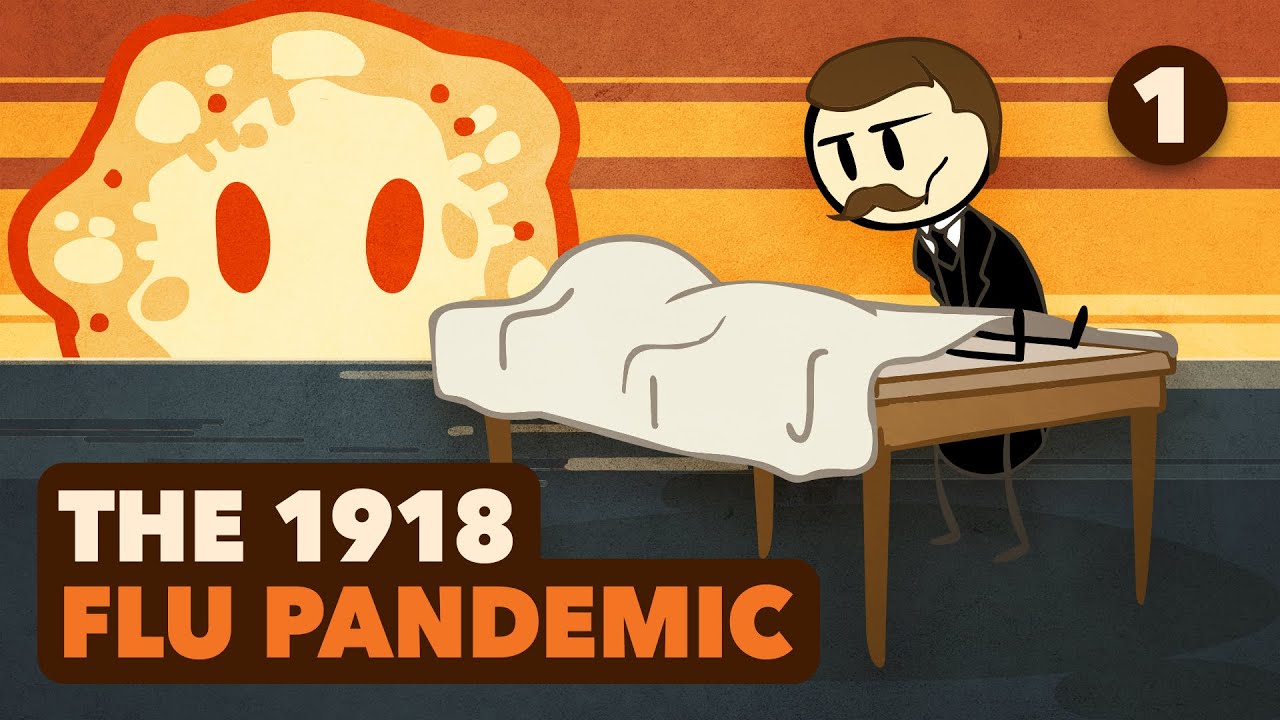The 1918 Influenza Pandemic, often called the Spanish Flu, stands as one of the deadliest pandemics in human history. Sweeping across continents in t
The 1918 Influenza Pandemic, often called the Spanish Flu, stands as one of the deadliest pandemics in human history. Sweeping across continents in the closing months of World War I, this pandemic infected an estimated 500 million people—about a third of the global population at the time—and caused the deaths of at least 50 million, possibly as many as 100 million individuals worldwide. Beyond the staggering numbers, the 1918 flu left a lasting impact on medicine, public health policies, and the way societies prepare for infectious diseases. This article explores the origins, characteristics, global impact, and legacy of this historic pandemic.
Origins and Early Spread
The precise origin of the 1918 influenza virus remains uncertain. While commonly associated with Spain, the virus likely did not originate there. The “Spanish Flu” moniker resulted from Spain’s open reporting during a time of wartime censorship in many countries, which suppressed news of the outbreak to maintain morale.
Some scientists hypothesize that the virus may have first emerged in a U.S. military camp in Kansas in early 1918. From there, it spread rapidly through military personnel traveling to Europe during World War I. Others suggest possible origins in France or China, but no consensus has been reached.
World War I played a critical role in the pandemic’s spread. Troop movements, crowded living conditions in trenches and barracks, and poor sanitation facilitated rapid transmission of the virus across continents. Once introduced into civilian populations, the flu quickly propagated worldwide.
More about: 1918 Influenza Pandemic
What Made the 1918 Virus So Lethal?
The 1918 influenza virus was an H1N1 strain of the influenza A virus. What distinguished it from typical seasonal influenza viruses was its unusually high virulence and mortality rate, especially among young, healthy adults aged 20 to 40 years—a demographic usually less affected by seasonal flu.
Scientists believe the virus triggered a phenomenon called a “cytokine storm,” in which the body’s immune system overreacts to the infection, causing severe inflammation and damage, particularly in lung tissue. This intense immune response often led to respiratory failure and death.
Compounding the threat were secondary bacterial infections like pneumonia. Since antibiotics had not yet been discovered, many deaths resulted from these untreatable complications.
The Three Waves of the Pandemic
The pandemic unfolded in three distinct waves:
- First Wave (Spring 1918): This initial wave caused relatively mild symptoms and lower mortality. Many who contracted the virus experienced flu-like symptoms and recovered. However, this wave set the stage for subsequent, more severe outbreaks.
- Second Wave (Fall 1918): The deadliest phase of the pandemic, this wave saw a mutated, more virulent virus strain emerge. Fatality rates soared globally, overwhelming hospitals and causing widespread social disruption. This wave was responsible for the majority of deaths.
- Third Wave (Winter 1918–Spring 1919): Though less severe than the second, the third wave still caused significant illness and death before the pandemic finally waned.

Global Impact and Demographic Effects
The 1918 pandemic infected roughly one-third of the world’s population, affecting virtually every country and territory. Estimates of deaths vary, but the global death toll likely exceeded 50 million people, with some estimates reaching 100 million.
Unusually, the pandemic disproportionately killed healthy young adults, unlike most flu outbreaks which mainly affect the elderly and very young. This created profound demographic shifts, leaving many families without primary breadwinners and creating social instability.
Some Indigenous populations, such as the Inuit in Alaska and Aboriginal communities in Australia, suffered disproportionately high mortality rates due to limited immunity and poor access to medical care.
Cities like Philadelphia, St. Louis, and San Francisco experienced devastating outbreaks. Notably, Philadelphia’s decision to hold a large public parade during the height of the pandemic accelerated transmission, resulting in thousands of deaths within weeks.
Social and Economic Consequences
The pandemic caused widespread fear and disruption. Many public institutions—including schools, theaters, and churches—shut down to curb the virus’s spread. Public gatherings were banned, and mask mandates became common in many cities.
Economic activities slowed as workers fell ill or died. The already fragile economies strained by World War I faced additional hardships, including labor shortages and reduced production. Hospitals and medical services became overwhelmed, struggling to cope with the surge in patients.
Beyond immediate losses, the psychological impact was profound. Survivors and families mourned extensive losses, and societies grappled with grief and uncertainty.
Advances in Public Health and Medicine
While the virus itself could not be directly treated or prevented during the pandemic, the 1918 outbreak spurred important advancements:
- Improved Surveillance: The pandemic highlighted the necessity of rapid disease tracking and transparent reporting, which later became cornerstones of public health systems.
- Public Health Infrastructure: Governments invested in health departments and sanitation initiatives to better combat infectious diseases.
- Vaccine Development: Though a flu vaccine wasn’t available during the pandemic, the crisis accelerated research into influenza viruses and vaccination methods, leading to eventual vaccine development in the decades that followed.
- Pandemic Preparedness: The outbreak underscored the importance of emergency planning, stockpiling medical supplies, and public health education.
Lessons from the 1918 Pandemic
The 1918 Influenza Pandemic offers critical lessons that still resonate:
- Early Intervention is Vital: Timely public health measures like social distancing and quarantine can save lives by slowing virus spread.
- Clear Communication Builds Trust: Transparent and consistent messaging from authorities helps ensure public cooperation during health crises.
- Healthcare Systems Need Support: Adequate resources and trained personnel are essential to handle surges in patients.
- Pandemics Are Global Threats: Cooperation between countries is necessary to monitor, research, and control infectious diseases.
- Investment in Science Saves Lives: Research into vaccines and treatments is crucial for effective pandemic response.
These lessons have influenced responses to more recent outbreaks, including the H1N1 flu pandemic in 2009 and the COVID-19 crisis beginning in 2019.
Conclusion
The 1918 Influenza Pandemic was a catastrophic event that profoundly altered global society. Its unprecedented death toll and unique epidemiological features challenged medical science and public health infrastructure. Yet from this tragedy arose greater understanding and improvements in disease control and prevention.
Remembering the 1918 pandemic not only honors those who suffered and died but also reinforces the importance of vigilance, preparedness, and global cooperation in protecting public health today and in the future.
Frequently Asked Questions (FAQs)
Q1: Why is it called the “Spanish Flu” if it didn’t originate in Spain?
A1: Spain was neutral during World War I and did not censor news about the outbreak, so reports came from there first. This led to the misconception that the virus originated in Spain.
Q2: How many people died in the 1918 pandemic?
A2: Estimates range from 50 million to 100 million deaths worldwide, making it one of the deadliest pandemics in history.
Q3: What made the 1918 flu more deadly than usual?
A3: The virus triggered a severe immune response called a cytokine storm, which caused excessive lung damage, and secondary bacterial infections were common and often fatal.
Q4: How did World War I contribute to the pandemic?
A4: The movement and concentration of troops worldwide facilitated rapid spread of the virus across continents.
Q5: Were vaccines available during the pandemic?
A5: No. Influenza vaccines were developed decades later; during the pandemic, treatment was supportive care only.
Q6: What public health measures helped control the spread?
A6: Quarantines, social distancing, closures of public spaces, and mask-wearing helped slow transmission.
Q7: Did the pandemic affect all countries equally?
A7: No. Some regions and Indigenous populations suffered higher mortality due to lack of prior exposure, healthcare access, and social factors.
Q8: Can a pandemic like this happen again?
A8: Yes. New influenza strains and other infectious diseases continue to pose pandemic risks, emphasizing the need for preparedness.
Must Visit: quickcashhub

COMMENTS